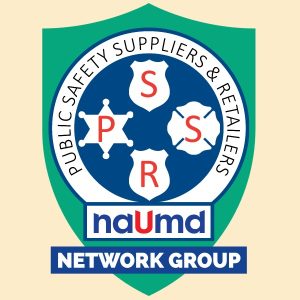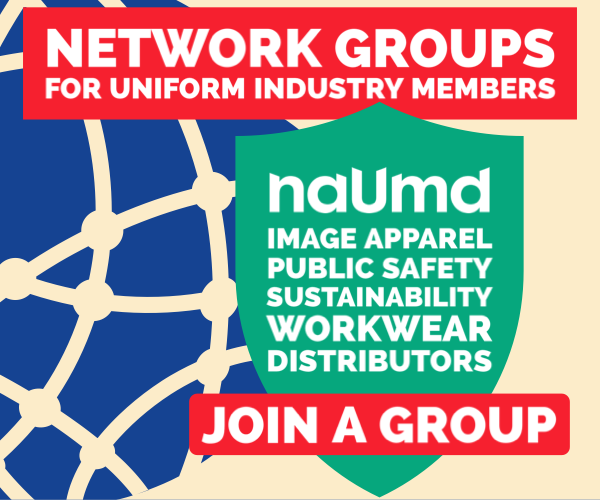Growth used to be such a loud word.
We measured it in square footage, new locations, new hires, new logos on the trade-show map. Growth was motion — a constant sprint forward. Then the world changed its rhythm, and suddenly, standing still started to look like the smartest move in the room.
In the uniform and workwear business, that new rhythm feels familiar. After a decade of nonstop change — supply-chain shocks, new regulations, shifting government contracts, digital everything — a lot of companies have quietly found their stride. They’re not chasing every new product trend or acquisition rumor. They’re refining what already works. The headlines go to the mergers, but the heartbeat of the industry belongs to the firms that are simply, steadily, doing their jobs well.
That steadiness might not make for splashy press releases, but it’s beginning to look like the new definition of growth. In a world that keeps asking “What’s next?” there’s something almost radical about answering, “More of the same, only better.”
Across the supply chain — from mills and fabricators to distributors and retailers — the smartest players seem to be resisting the urge to sprint. They’re investing in efficiency rather than expansion, in deeper partnerships rather than new ones. They’re modernizing systems, tightening inventories, improving delivery reliability, and finding joy in the incremental. It’s a kind of optimism that doesn’t need an exclamation point.
Economists might call it stabilization. I’d call it maturity. We’re in an industry that dresses the people who keep things running — public safety, logistics, utilities, service, defense. Maybe it’s fitting that our own growth story right now looks more like theirs: steady, disciplined, mission-driven.
Of course, there are still acquisitions happening. There always are. But behind those headlines, most companies are taking a careful, “steady as she goes” approach. They’re not expanding recklessly or betting on trends that may vanish in a quarter. They’re keeping their customers close, their suppliers honest, and their cash flow predictable. In this economy, that’s not just strategy — that’s survival.
It’s also, perhaps, the best form of leadership. When the market wobbles, when raw-material costs rise, when a government bid takes an unexpected turn, calm persistence becomes a competitive advantage. The companies that stay calm in the storm are the ones that keep the rest of the industry supplied, employed, and grounded.
There’s a quiet elegance to that. The warehouse that’s still humming. The retailer who still answers the phone. The factory that didn’t overpromise. The buyer who didn’t panic. It’s not glamorous work, but it’s the kind of work that keeps an entire economy dressed and ready.
So maybe it’s time we redefined what success looks like in this business. Growth doesn’t have to mean bigger. It can mean wiser. It can mean consistent. It can mean being trusted to deliver next month exactly what you delivered last month — on time, to spec, with a smile.
Steady, after all, is a kind of strength. In a world obsessed with acceleration, staying upright and on course might just be the boldest move there is.
And if slow and steady really is the new definition of growth, I’ll take that over a sprint any day. Because in this industry — and in this moment — the tortoise is looking pretty good in uniform.




















